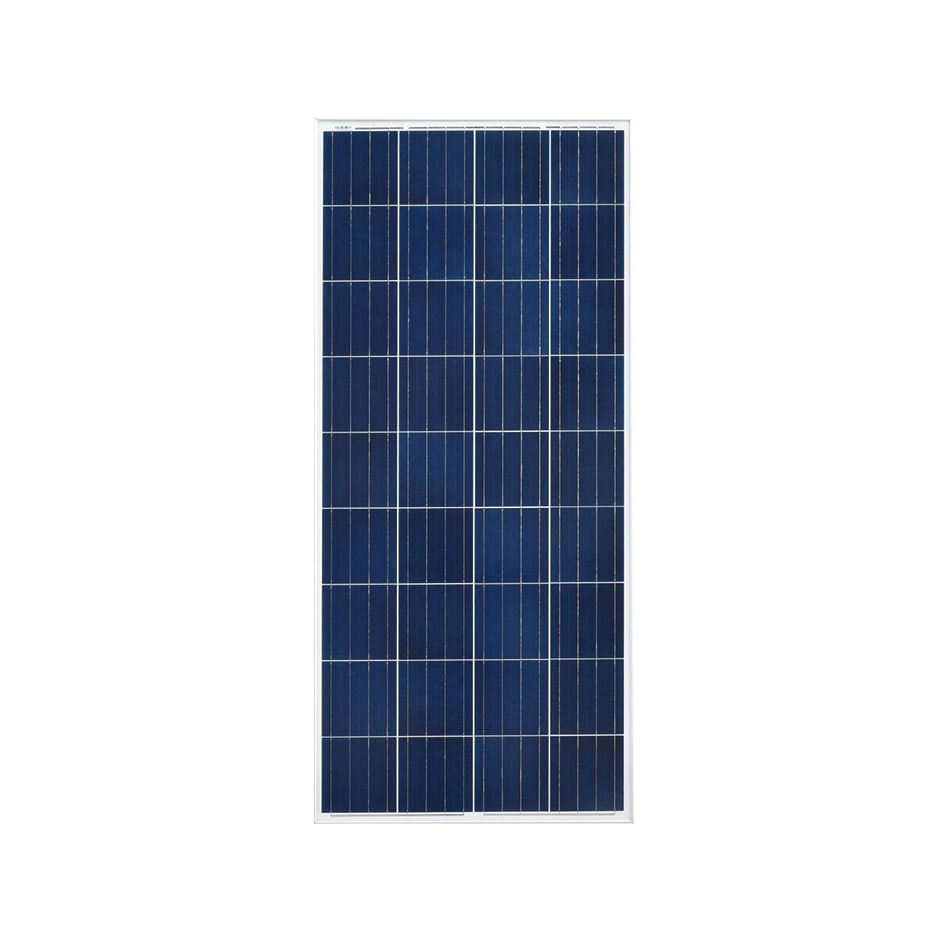

- Icircuit solar panel how to#
- Icircuit solar panel software#
- Icircuit solar panel series#
- Icircuit solar panel free#
In it, we discuss current-voltage (IV) curves (charts that show how the panel output current varies with panel output voltage), and power-voltage curves (which show how panel output power varies with panel output voltage). In solar PV systems, an important function of the inverter - in addition to converting DC power from the solar array to AC power for use in the home and on the grid - is to maximize the power output of the array by varying the current and voltage.įor a more technical explanation of how current, voltage, and power interact within the context of a solar PV system, check out our article on Maximum Power Point Tracking (MPPT). It is equivalent to voltage times current (V*I = P) and is measured in Watts (W). Power (P) is the rate at which energy is transferred. Electric current is measured in amps (short for amperes). In our example above, the water flowing through the pipe out of the tank is comparable to the current in an electrical circuit. What is an electrical current?Įlectric current (represented as “I” in equations) is defined as the rate at which the charge is flowing. On a cold sunny day, the voltage of a solar array may be much higher than normal, while on a very hot day, the voltage may be significantly reduced. As the temperature increases, it reduces the amount of energy a panel produces (see our discussion of Temperature Coefficients for a more detailed discussion of this). As you might assume, the more irradiance on the panels, the higher the voltage will be. First is the amount of sunlight (irradiance) on the array. In a solar array, the voltage is affected by a number of factors. Voltage is a measure of potential energy, or the potential amount of energy that can be released. It is this difference in charge that causes electricity to flow.

Voltage, abbreviated as V and measured in volts, is defined as the difference in electrical charge between two points in a circuit. To expand the analogy, having a higher water level is like having a higher voltage – there is more potential for something to happen (current or water flow), as illustrated below. To understand these concepts, a helpful analogy is to think of electricity like water in a tank. In order to understand the rules of solar panel wiring, it is necessary to understand a few key electrical terms-particularly voltage, current, and power-and how they relate to each other. Key electrical terms for solar panel wiring
Icircuit solar panel series#
We also review different stringing options such as connecting solar panels in series and connecting solar panels in parallel.
Icircuit solar panel how to#
In this article, we’ll review the basic principles of stringing in systems with a string inverter and how to determine how many solar panels to have in a string. Solar panel wiring is a complicated topic and we won’t delve into all of the details in this article, but whether you’re new to the industry and just learning the principles of solar design, or looking for a refresher, we hope this primer provides a helpful overview of some of the key concepts. However, as a solar professional, it’s still important to have an understanding of the rules that guide string sizing.
Icircuit solar panel free#
If you are looking for a reliable and easy way to map out your solar configuration, Aurora’s auto-stringing functionality enables you to virtually string solar panels.Ĭlick here, or the image below, to get a free demo and see how Aurora can string panels for you. For example, Aurora’s auto-stringing functionality will automatically advise you on whether your string lengths are acceptable, or even string the system for you.
Icircuit solar panel software#
Thankfully, modern solar software can manage this complexity for you. This can also happen if you fail to account for how the shade will affect system voltage throughout the day. If the array voltage is too low for the inverter you’ve chosen, the system will also underproduce because the inverter will not operate until its “start voltage” has been reached. If the voltage of your array exceeds the inverter’s maximum, production will be limited by what the inverter can output (and depending on the extent, the inverter’s lifetime may be reduced). It’s important to understand how different stringing configurations impact the voltage, current, and power of a solar array so you can select an appropriate inverter for the array and make sure that the system will function effectively. Solar panel wiring (also known as stringing), and how to string solar panels together, is a fundamental topic for any solar installer.



 0 kommentar(er)
0 kommentar(er)
